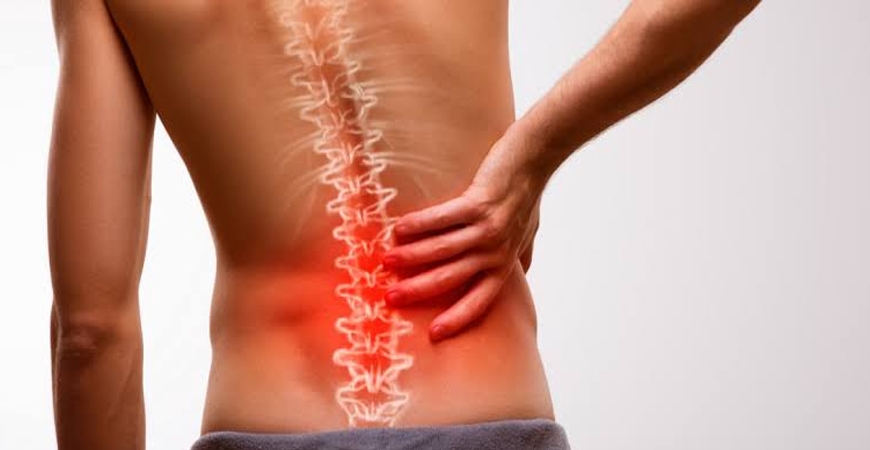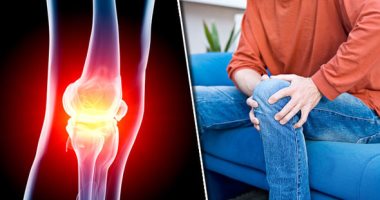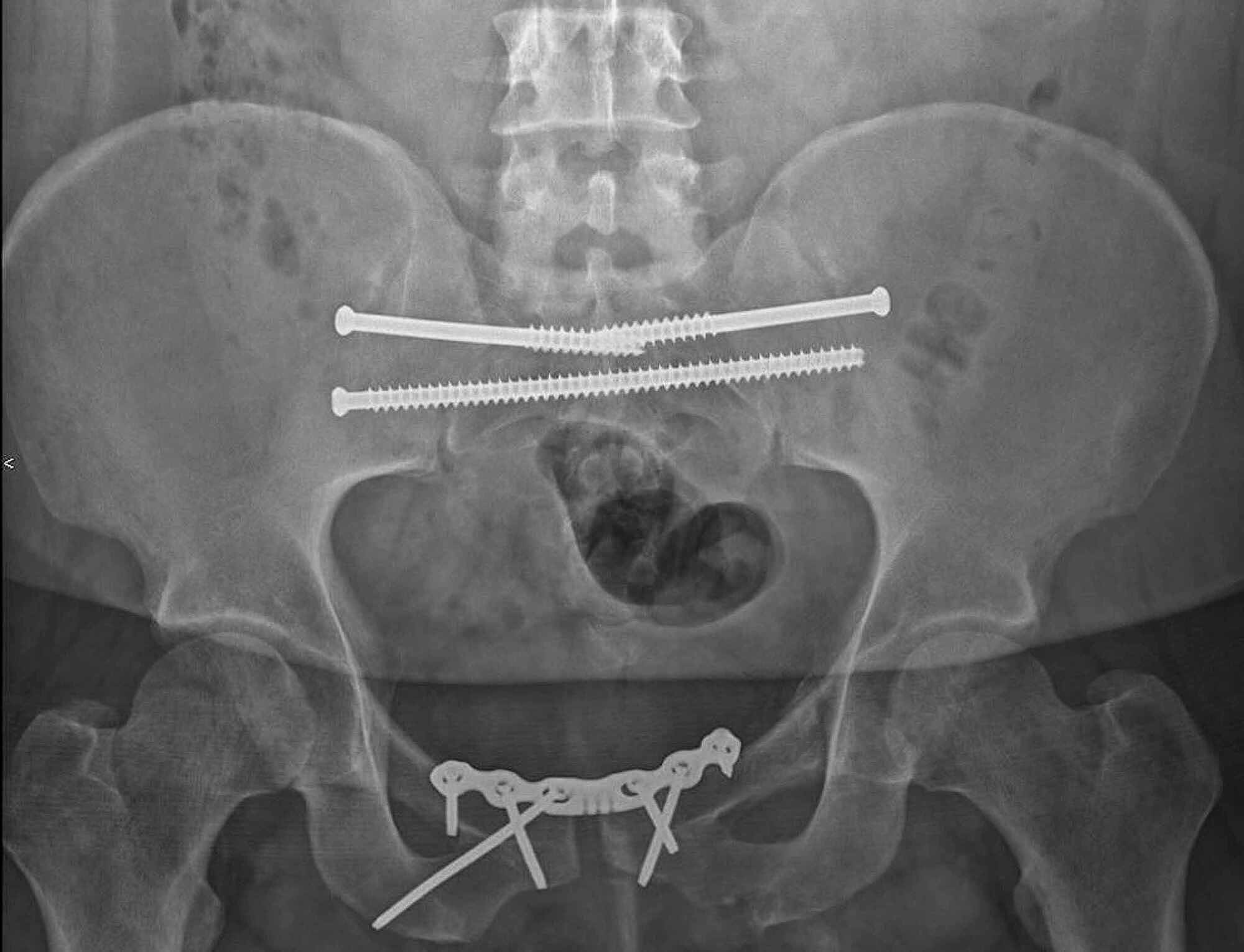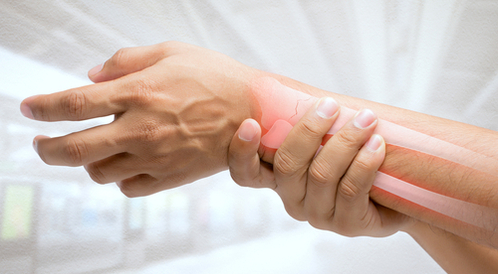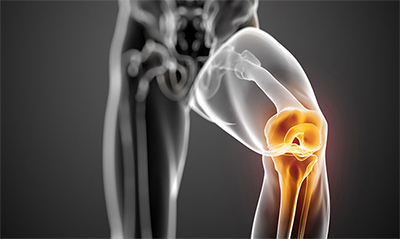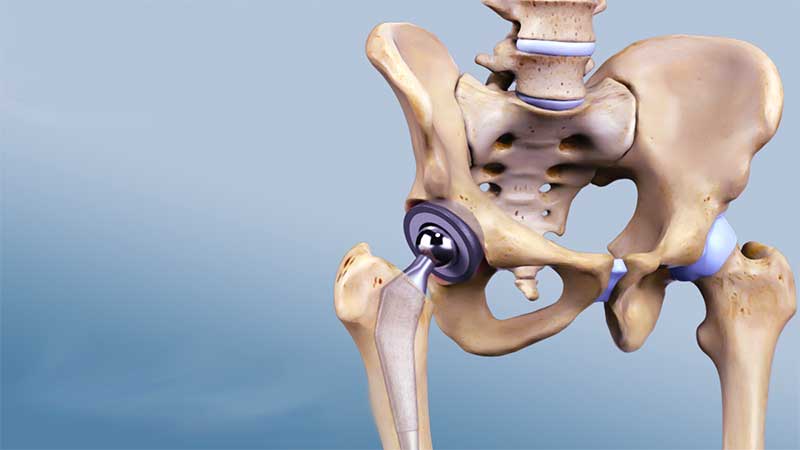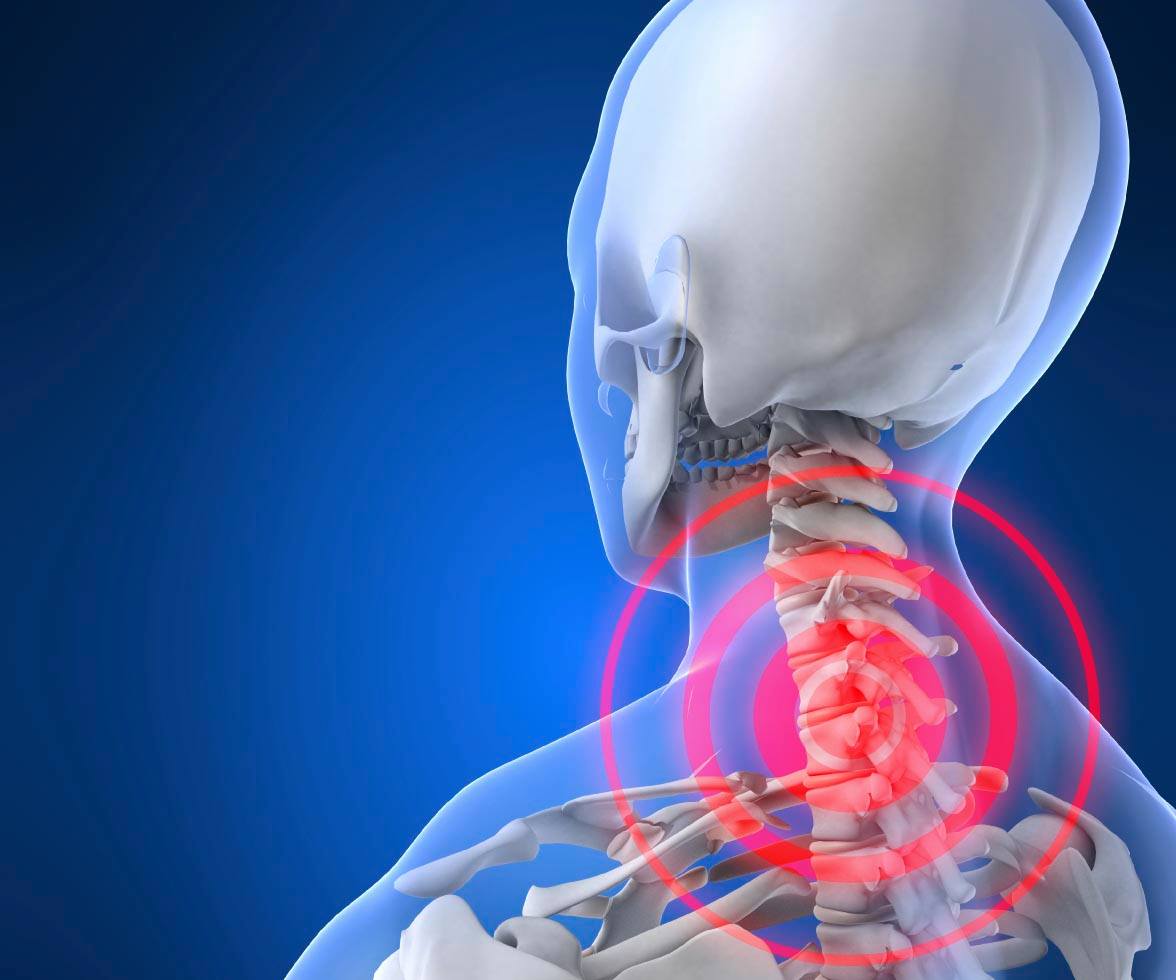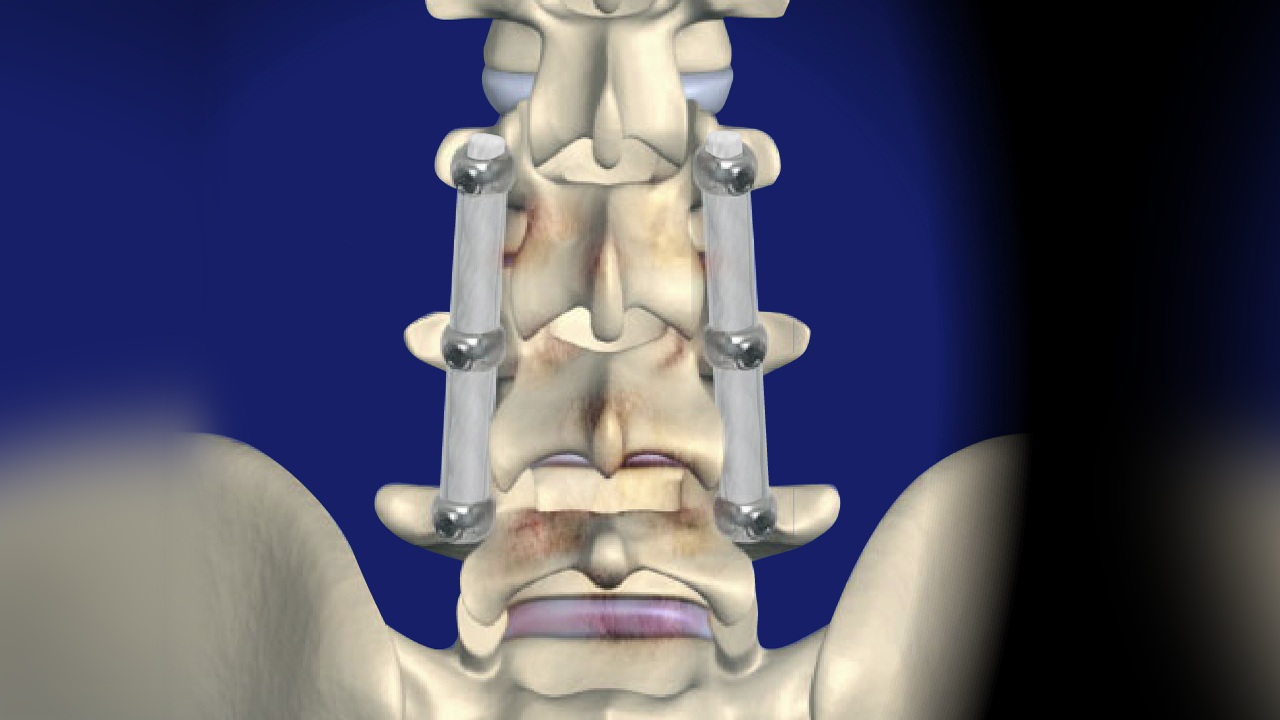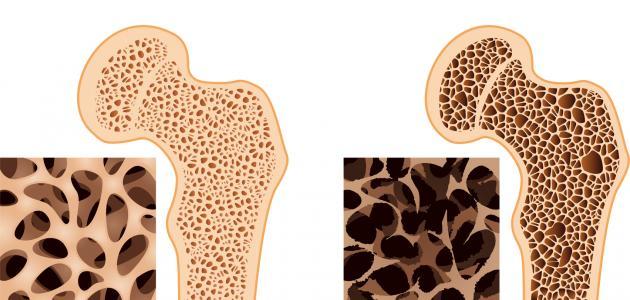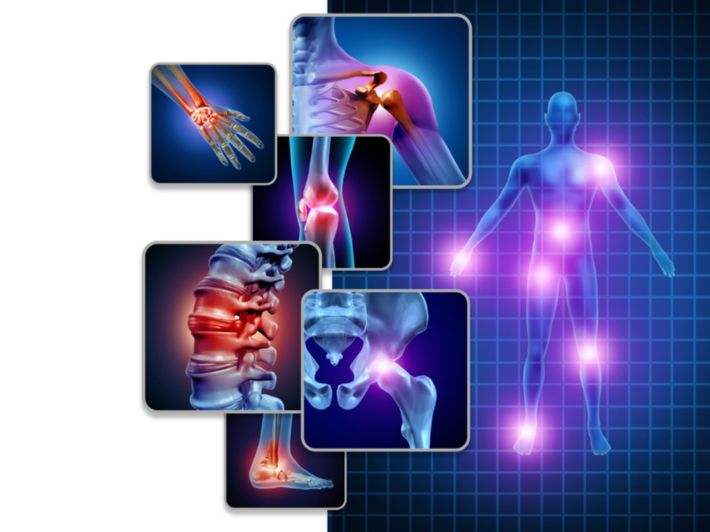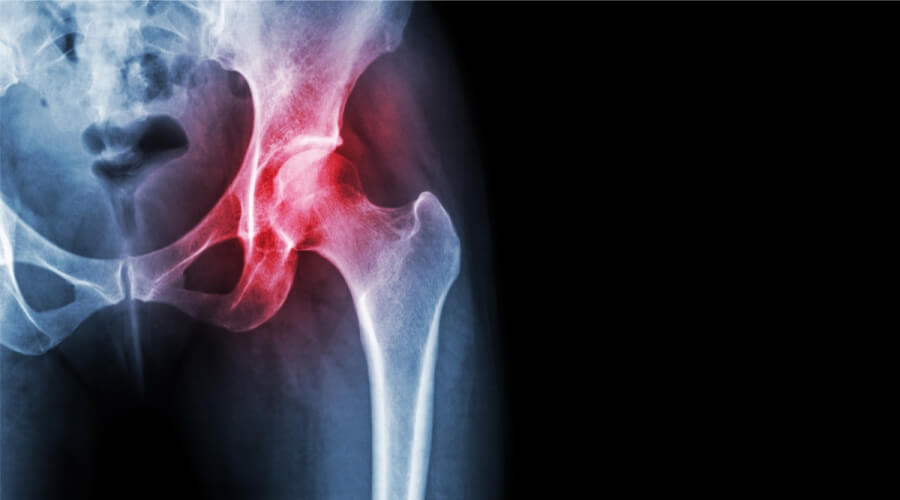Osteoporosis and its treatment
People who suffer from osteoporosis, their bone density becomes very low, and this causes them many problems over time, and although osteoporosis cannot be completely cured at all, it is necessary to start receiving appropriate treatment for it immediately to avoid its risks. In the following article, we will present a lot of information that may benefit you regarding this issue, so let us read the following.
Osteoporosis and its treatment
When an individual suffers from osteoporosis, his bones are fragile and are subject to fracture from the slightest collision or even from sneezing, and the areas that are exposed to osteoporosis more than others are in the hip, wrist, and spine, as the bones always break and are replaced naturally in the individual’s body, and osteoporosis causes the inability to replace the bones to the extent that you break it
As soon as the individual discovers that he has osteoporosis, he must start receiving appropriate treatment for his condition immediately and not neglect this situation so as not to be exposed to serious complications later, and how the individual is treated differs from one person to another according to the extent of the development of the condition, the patient may find that the doctor has prescribed a pill for him every week, others every month, and others every year.
Diphosphate medicines are the first solution that the doctor resorts to in the treatment of osteoporosis, and examples of them are:
- Alendronate (Fosamax): One tablet is taken weekly.
- Risedronate (Actonel): One tablet per week or per month.
- Ibandronate (Boniva): Either a tablet every month or an injection into a vein every quarter.
- Zoledronic acid (Reclast): This is an injection given into a vein once a year.
Another drug prescribed for people with osteoporosis is denosumab (Prolia, Xgeva), and this drug has nothing to do with the group of bisphosphonates, and that is why it is recommended for people who complain of impaired kidney function because they are unable to take bisphosphonates, and denosumab is given once every six months by injection.
If your doctor has recommended denosumab to him, this means that you will continue to take it for life in the same way if the doctor did not prescribe another treatment on his behalf, but be careful to stop taking this medicine on your own, as you may be exposed to fractures in the spine if you cause any disruption in the times that your doctor determined for her.
Risk factors of osteoporosis
Many things increase the possibility of individuals developing osteoporosis, which is beyond the control of the individual and has nothing to do with the lifestyle that he follows, and for example:
- Gender: Women are more likely to develop osteoporosis than men.
- Age: People are more likely to develop osteoporosis as they get older.
- Race: People who are white or of Asian ethnicity are more likely to develop osteoporosis.
- Family history: Having more than one person in the family who has been exposed to osteoporosis increases the chance of developing it as a result of gene transmission.
- Skeletal size: People who have a small stature are more likely to develop osteoporosis because their bone mass is lower and decreases dramatically over time.
Diagnosis of osteoporosis
Bone density is measured by using a device that uses low levels of X-rays in order to determine the percentage of minerals that are present in the individual’s body, and this diagnosis is not painful at all, as the doctor asks people to lie down on a padded table and a scanner is passed over the body, and most often the doctor examines specific areas such as the hip and spine.
The appearance of osteoporosis in x-rays is a clear sign of discovering it late, as a person has already lost 30% of bone density, as X-rays do not show early cases of osteoporosis because they are very accurate and have no effect, and there are some cases in which individuals should undergo an examination immediately:
- When women exceed the age of 65, they should do a bone density test, especially if there are symptoms that have begun to appear on them.
- In the event of any fractures in each of the femur, wrist, or back vertebrae immediately after menstruation.
- If an individual is exposed to a fracture that requires cortisone medication or any treatment that may affect hormones.
- If there was a family member who had osteoporosis or a hip fracture.
- If one suffers from diseases such as digestive disorders, inflammatory bowel disease, rheumatoid arthritis, diabetes, and hyperthyroidism, they all affect bone health.
- If your body mass index (BMI) is less than 19.
Complications of osteoporosis
One of the serious complications of osteoporosis is exposure to fractures in different areas of the bones, especially in the spine or hip areas, and a fracture in the hip area is most likely a result of exposure to an injury from a fall, and most likely it causes disability and increases the risk of death during the first year of life. injury.
As for the fractures that occur in the spine, they may occur to the individual without falling, and the vertebrae that make up the spine may weaken until they reach the point of contraction, and this results in severe pain in the back area, a decrease in height, and a curvature in the spine.
What are the symptoms of osteoporosis?
- The beginning of the receding of the gums and the emergence of the roots of the teeth, as a result of the erosion of the jaw bones.
- The hand grip is weak and unable to put pressure on things.
- Nails become very brittle and easy to break.
- Note the loss of height as a result of a decrease in bone density, which is an inch or more.
- The spine has become very thin and unable to bear the weight of the body, which causes the individual to be bent.
- Experiencing some breathing problems as a result of spinal discs being compressed leaving very little room for the lung.
- Exposure to bone fractures from irrational reasons such as sneezing or light collision, especially the wrist, thigh, or shoulder bones.
Symptoms of osteoarthritis of the hand
The symptoms that appear on the individual when he suffers from osteoporosis in the hand are not different at all from those in any other part of the body, as the symptoms that appear are as follows:
- Stiffness in the morning or if you stay still for long periods, sometimes lasting up to 30 minutes.
- Swelling begins to appear in the wrist.
- A popping sound from the hand when it is moved suddenly or with great excitement.
- The joint is fixed in a flat position.
- Instability of the joint in place.
Measurement of osteoporosis
It is known whether the individual has osteoporosis or not by examining the bone density by measuring the ratio of each of calcium and phosphorus that are present in the bones using x-rays, and the results that appear from the osteoporosis measurement examination are read with the help of a specialized person, and some signs have specific indications in the analysis, such as the (T) sign and the (Z) sign.
What the (T) sign indicates
This score represents the standard deviation of bone density compared to that of healthy people of the same sex and age. Here’s some explanation about normal proportions for an individual:
- -1 or higher: This indicates a very normal bone density.
- Between -1 and -2.5: This indicates that the bone density is below normal and that the individual is on the verge of osteoporosis.
- -2.5 and less: This means that the bone density is very low from the normal level, and this indicates that this person suffers from osteoporosis.
What the Z sign indicates
An individual’s bone density is compared to other people of the same size, age, and sex. If the score that appears in the analysis is less than -2, this means that your bone density is less than that of people of the same age, and this is considered evidence that exposure to osteoporosis in this case is due to another cause other than advancing age.



